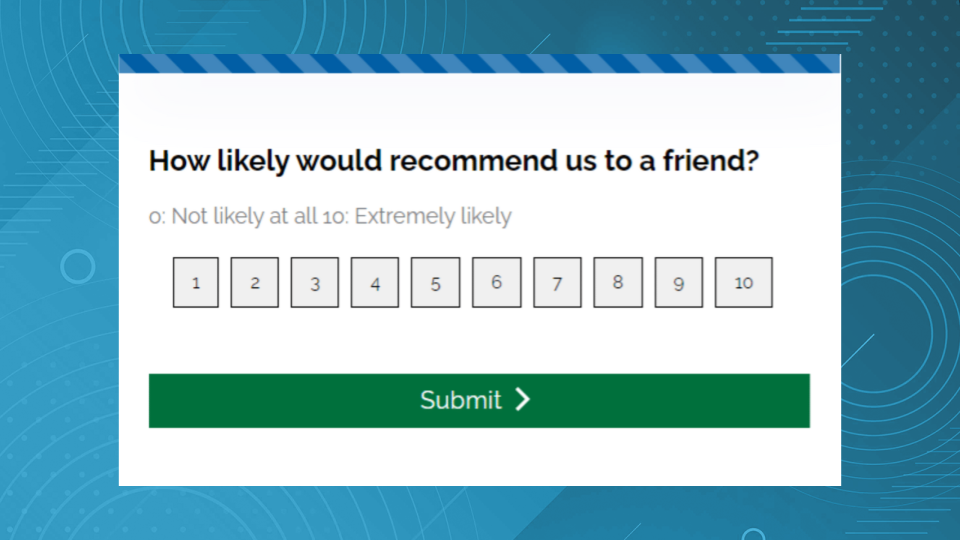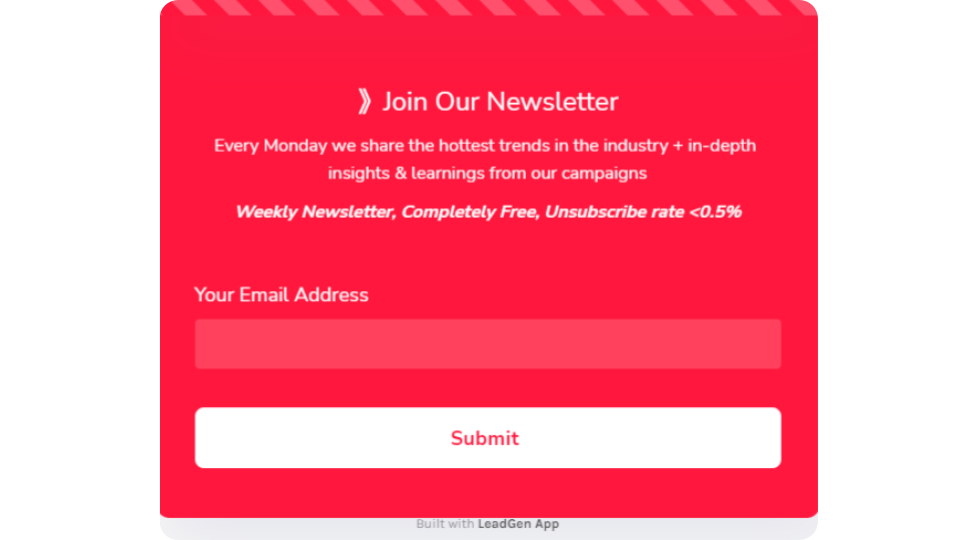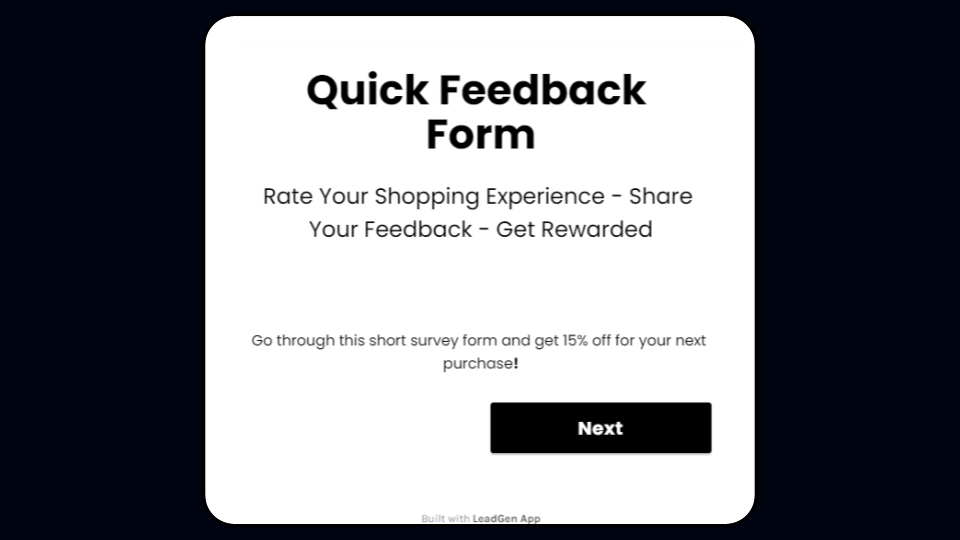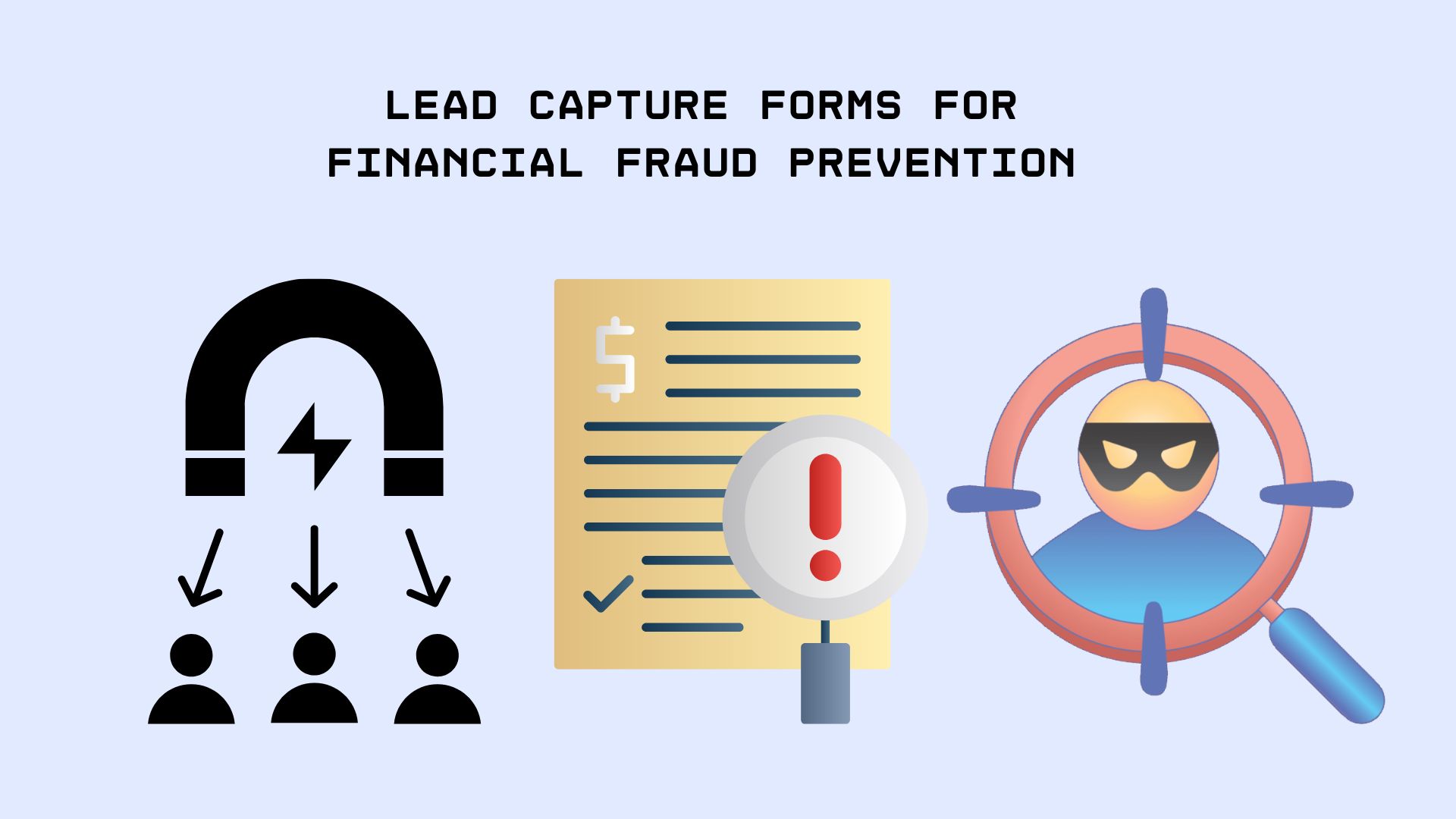Feedback Forms: The Complete Guide to Feedback Collection via Forms
Introduction
One of the greatest methods to learn about your product or service is to ask your consumers about their experiences with your company. With most businesses having a strong digital presence, gathering feedback using online forms is simpler (and more important) than ever.

When used correctly, feedback forms give critical information from your consumers that your business can utilize to discover user pain areas, improve goods or services, and improve their overall experience. So, how can you tell if your customer surveys are interesting, responsive, and asking the correct questions?
What is a Feedback Form?
A feedback form is a method for gathering not only consumer feedback but can be used for various use cases. Feedback forms aid in the improvement of products or services, as well as the fundamental knowledge of business users. It is regarded as one of the most effective and cost-effective means of understanding consumers and assessing customer satisfaction which a better customer support workflow can assist.
Feedback forms are one of the most effective ways for customers and businesses to communicate. The customer can share their experiences, needs, or ideas with the company. There are various types of feedback forms available to reach out to different types of consumers. Because they do not require complicated data or error handling, feedback forms are simple to incorporate into most websites.
A simple and easy feedback form for customers to reply instantly
Good feedback forms must be easy to use and have a straightforward design. When it comes to feedback, usability and aesthetic appeal are crucial. The white area for writing or "free text box" is a typical component of these forms. Other best practices for feedback forms include using clear, consistent wording. In certain circumstances, these types of forms provide consistent rating scales.
There are several advantages to using feedback forms.
a) First and foremost, they aid in the development of a customer-focused culture and the improvement of the company's processes and products.
b) Another significant advantage is the ability to reward and reinforce employee behavior.
c) It aids in measuring the effect of company choices, changes, and investments, as well as assisting management in focusing on the most important aspects of the firm.
Why Optimize Feedback Forms?
A feedback form's purpose is to encourage as many of your consumers to offer detailed information (pain points, ideas, and compliments) about your product or service as possible. More than 80% (as per FormAssembly) of consumers submit comments on their experiences, whether positive or negative. This implies that most of your consumers will gladly fill out a survey for your company at any time.
Customer Feedback helps disclose precisely where your company's goods or services need to improve and where it now excels
Feedback has the power to reveal precisely where your business needs to improve and where your goods or services currently excel. To collect the most usable information, you should first ensure that your forms are appropriately optimized. Now, let's look at the survey best practices you can start using right away.
A) Make The Survey Short And To The Point
It's a good idea to design a short survey form that asks precise but easily answered, unbiased questions about their experiences with your product or service. While asking clever, strategic questions is the way to go, it's also vital to just ask one question at a time to minimize confusion and to never make assumptions about your consumers.
The shorter and precise the form, the more consumers are willing to fill it up
The length of your survey will frequently be determined by your company or sector, but keep in mind that actual people will be taking the time to complete your feedback form.
B) Be Specific and Straightforward
Being direct and detailed also entails avoiding loaded questions. Don't attempt to manipulate your consumers into giving you the answers you desire, and don't let pride or bias prevent you from asking professional, intelligent questions. In all circumstances, avoid telling consumers what to believe and instead allow them to speak for themselves.
A simple and quick feedback form makes the responder finish the survey without ignoring it
You want feedback forms to be as simple to complete as feasible. And you want your responders to finish the survey without abandoning it due to uncertainty. Make sure that all the questions in your survey are as specific as possible.
C) Be Open to Feedback
Consider your aims while using a feedback form. Are you doing this poll to get a pat on the back, or are you seeking for specific ways to improve based on consumer feedback?
While there are many strong opinions on whether the customer is always right, the reality is that you can't build a firm until you collect consumer feedback. But merely getting input isn't enough; you also need to act on it.
It's important to be open to all types of feedback from your customers as it helps in knowing the loopholes better and working on them faster.
Listening to favorable comments but disregarding negative replies is detrimental to your business. By failing to listen to all your consumers have to say, your company risks losing these key clients, falling behind the competition, missing chances, and gaining a negative reputation.
D) Target For User-Friendly and High-Quality Design
Good design influences how people perceive your company's professionalism and trustworthiness. In fact, approximately 40% of consumers will quit a website with a bad design, and 38% will form opinions about a firm based on the appearance of the website. In conclusion, design is critical for generating a strong first impression and retaining consumers!
Having said that, your feedback form should be professional, clear, and simple to use on both desktop and mobile platforms. It's also critical that your form has the same branding as your company so that your responses know they've arrived at the proper spot. Consider uploading your company logo and using your corporate colors on your form to guarantee uniformity across your website, forms, and other marketing materials.
Choose a platform, such as LeadGen App, that makes this process simple by allowing you to adjust colors, fonts, and logos to fit your organization's branding. You may choose from a library of pre-made templates or use the Form Builder to create your feedback form. The various field options make it simple to construct a professional, strategic feedback form that your consumers will like filling out, whether you want text-based inquiries, radio buttons, or drop-down menus.
What makes a feedback form function?
A good feedback form will generate numerous responses and there are plenty of tools allowing a fast and precise survey creation. From Google Forms, through Survey Monkey and Salesforce surveys. Use these guidelines to create feedback surveys that your clients will want to complete.
I) Timing Matters
Sending a survey or displaying a feedback form at the correct time will result in more responses. For example, it is worthwhile to solicit feedback on a live chat experience. The timing is great since the individual has just been helped by an agent and the interaction is still fresh in their mind. Consider delivering a feedback form for a tangible good right after a customer places an online buy. They are unlikely to return to locate the feedback form once the goods come a few days later.
II) Conduct Deliberate Enquiries
"What do you think?" questions are too general and will not provide you with the specifics you want. Pay close attention to the details. Allowing consumers to write freely by having a "free text" box, on the other hand, is a terrific idea for allowing people to write about things they would not have expected. Multiple-choice fields will only return the answers you expect.
It's pointless to spend time designing a great feedback form if you don't know why you're asking the questions you're asking—you'll be wasting your time and the time of your customers. Be deliberate: conduct your study on what information you'll need to get from your customers to develop a product.
The greatest method to be purposeful is to limit the amount of questions you ask so that you only ask those with the specific goal of understanding your consumers' experiences with your website, product, or service. The fewer questions you ask to get to this point, the better. Finally, your forms should avoid jargon and use consistent, basic language that is simple to grasp.
III) Use The Forms As If They Were One Of Your Goods
Feedback is another way for a brand to market itself to customers. Make sure your form is personalized with your company's colors and logos so that the survey communicates your identity. Your clients will remember who they are surveying for, and your respondents will recognize you when they respond to your questions.
IV) Give Your Consumers a Voice
This point is similarly connected to being intentional: you must demonstrate that your users' feedback will not be filed and forgotten. Don't inquire about someone's thoughts regarding a product if you know you won't be interested in making any improvements to that product. Customers need to know that their voice is being heard and considered.
The voice of your customer must be heard and not just ignored
Real-time survey results enable management to rapidly recover consumers, reducing churn and increasing loyalty.
Got Feedback? Now What?
The first stage is to get client feedback. You must now apply the information you have gathered. Here are some pointers:
A) Examine The Feedback
It is critical to go into the data to grasp the feelings of the comments and to determine why people love or dislike your brand. What does it have to do with your customer journey? Understanding what your clients are trying to tell you is key to continue providing outstanding customer service.
B) Make Feedback Data Available
Having data is one thing, but it is useless if no one can see it. Can you import the data into your software system automatically? If you obtain a lead, you may want the data to be sent immediately to a CRM or marketing automation solution for follow-up and nurturing. "What happens behind the scenes is where it becomes very strong."
Agents may collaborate inside your customer support software to determine which channels are most popular and which need to be optimized by aggregating comments in a central location. Analytic tools enable your entire team to understand what's working and what isn't, allowing them to make educated decisions that affect your organization.
Wrapping Up
Understanding what your consumers want, what their concerns are, and what they believe is an important component of doing business. The best feedback form is the one your consumers use, so test several routes to find what works best. Consider what you want to achieve with each survey, then start gathering data to drive your success with customer feedback tools and software integrations. Finally, customer input may assist your product, engineering, marketing, sales, and support teams in better understanding your whole customer base.
You should consider this feedback as a gift. Your consumers owe you no feedback. So when people provide it to you, whether good or bad, it implies they care about your company and are involved in it. Setting up mechanisms to actively gather and respond to consumer feedback will set your company apart from the competition.
Create feedback forms with LeadGen App that provide you with actionable information.













